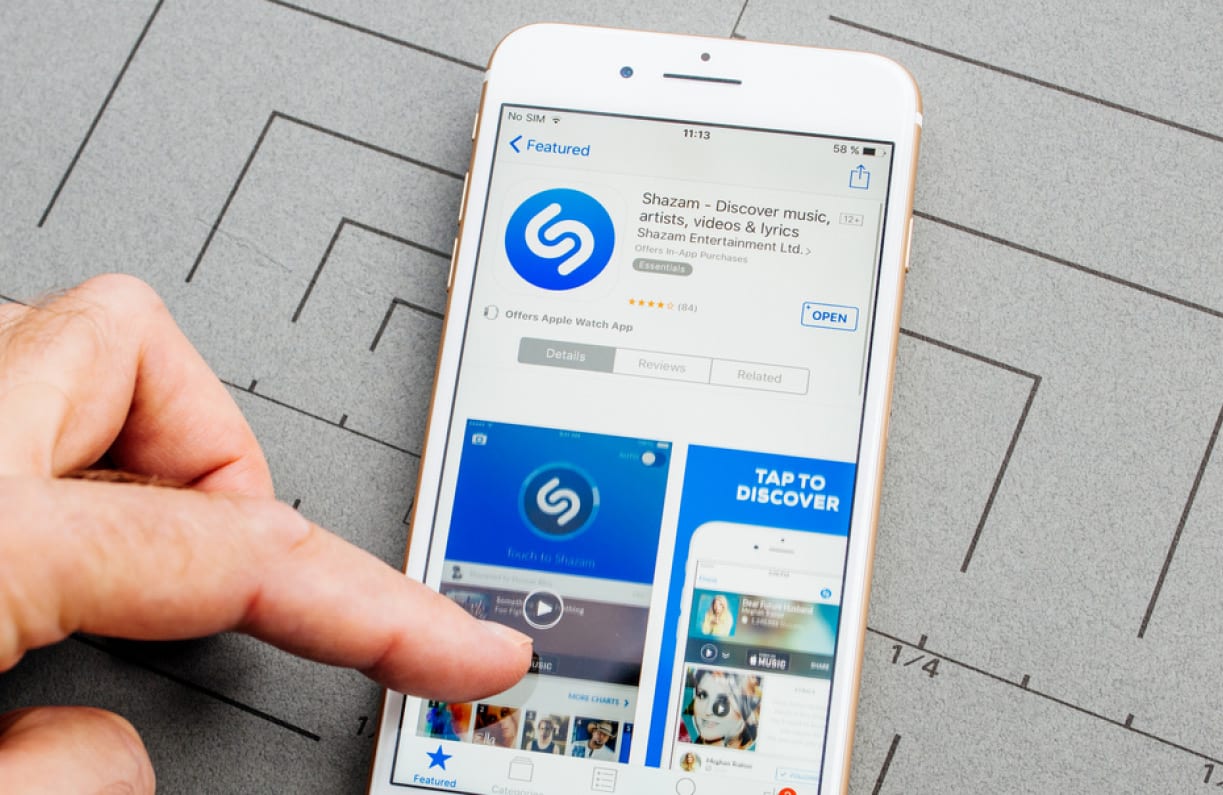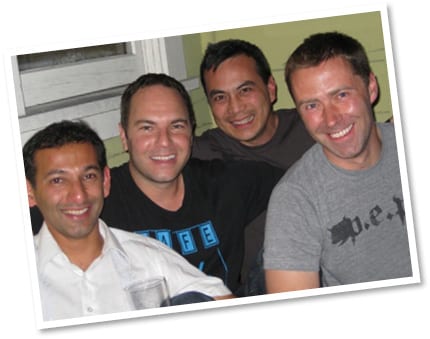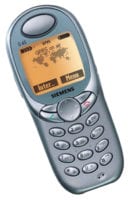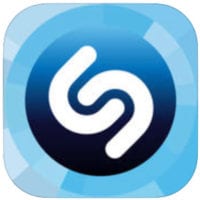How two Haas alumni ushered in one of the world’s most popular apps

These days, few songs go unidentified. You just open the Shazam app, hold out your phone, and let the magic happen. But the music-identification tool’s birth wasn’t easy. Consider the timing of its debut: a year before iTunes, seven years before the iPhone, and eight years before Apple’s App Store. Investors initially panned the idea—during the dotcom boom, no less, when venture capital flowed like water. But co-founders Chris Barton and Philip Inghelbrecht, MBA 00s, along with Dhiraj Mukherjee and Avery Wang, were unflappable. Here, a look at Shazam’s rise.

1999
While Haas students, Barton and Inghelbrecht brainstorm startup ideas with Mukherjee and Wang, settling on an algorithm to identify music using only a cellphone. They begin tackling the technical challenge, eventually creating a unique acoustic fingerprint for each song that’s compared against Shazam’s vast database.
2002
 Shazam launches in the UK. Users dial the shortcode 2580 to get music recognized. They were then texted the song info. Shazam launches in the U.S. in 2004 on the AT&T Wireless network in a joint offering with the now defunct Musicphone.
Shazam launches in the UK. Users dial the shortcode 2580 to get music recognized. They were then texted the song info. Shazam launches in the U.S. in 2004 on the AT&T Wireless network in a joint offering with the now defunct Musicphone.
2008
Shazam is one of the first apps ever offered in Apple’s new App Store and launches on the Android platform later in the year.
2011
 Shazam is the App Store’s fourth most downloaded free app of all time. It evolves to recognize TV shows and ads to activate special offers.
Shazam is the App Store’s fourth most downloaded free app of all time. It evolves to recognize TV shows and ads to activate special offers.
2018
Shazam, which has been downloaded more than a billion times, is acquired by Apple for a reported $400 million.